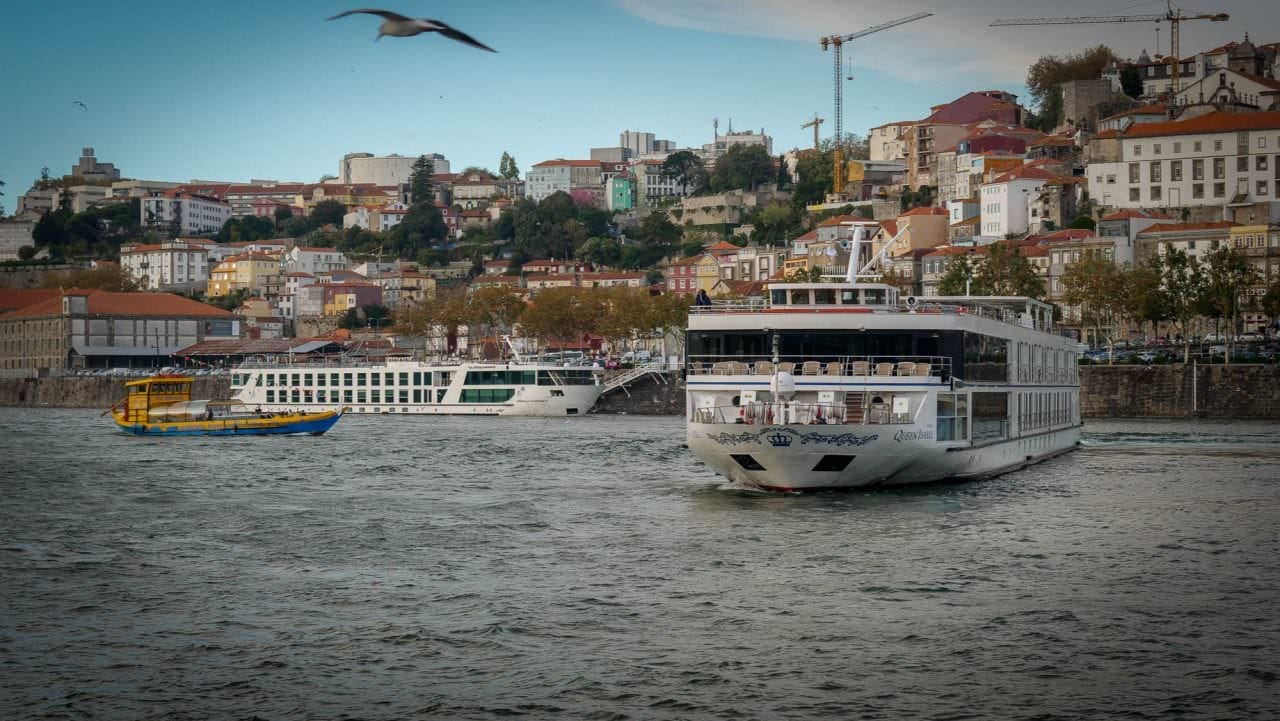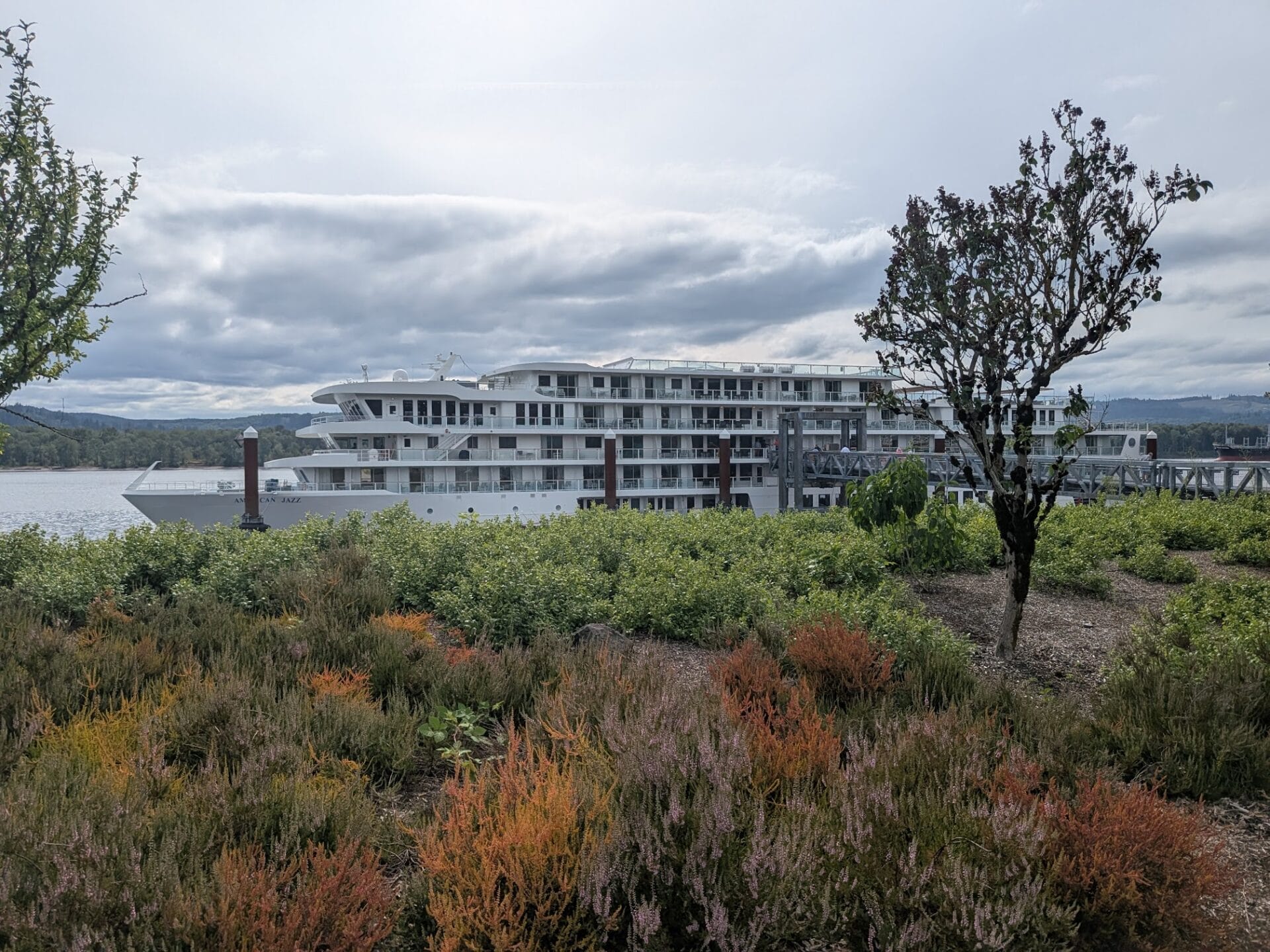
Nestled along Portugal’s famous Douro River Valley, Porto was declared a UNESCO World Heritage Site in 1996.
Porto is perhaps most famous for the fortified wine named after it. Port was the first wine region to become officially delimited, meaning that it had a specific region that it was allowed to source its grapes.
See We Spent More Than A Week in Porto: Here’s What To Do Before Or After Your Douro River Cruise
Although Porto is the center of the port trade, the majority of the cellars, if not all, are actually across the river in Vila Nova da Gaia. The shipping of Port does go through Porto though, as it is the easiest to access. While 80 varietals are permitted in port, only 29 are recommended and only about five are used in any significant quantity.

Porto is Portugals’ second-largest city, with an urban population of roughly 1.1 million citizens. Built along the hills lining the Douro River, Porto is very much a vertical city; stairs, a panoramic elevator and a funicular run from the city’s low-lying historic areas to its modern upper reaches, the result of which is some stunning photographic opportunities.
Porto boasts a wide array of architecture, ranging from medieval to modern. River cruisers will also notice the prominent D. Luís Bridge, which spans the Douro River. Constructed of iron, the bridge was officially opened in 1886.
Porto is also sometimes referred to as Oporto in English due to a misinterpretation of the town’s traditional Portuguese spelling, o Porto.
Your River Cruise Ship Docks

Most river cruise ships visiting Porto will actually call on the Douro River Cruise Terminal, located across the river in Vila Nova da Gaia. A quick trip across the stunning D. Luis Bridge will bring you in to Porto. As a bonus, many port winery tours are available right in Vila Nova da Gaia.
When in Porto
- Experience Port Wine! Porto’s most famous export is in abundance, and several companies offer vineyard tours. Not to be missed if you’re a fan of the grape.
- Francesinha, or literally frenchy, is a popular fast food native to Porto. It is a sandwich layered with several kinds of meats and topped with cheese and a sauce made from beer and spices.
- Porto Cathedral is a grand, imposing structure located within the UNESCO-listed historic city center and is the oldest building in Porto. Well worth a visit. Other buildings of note include the small Church of Cedofeita, and the medieval Igreja de São Francisco, or Church of St. Francis.
- The Ribeira is the area of Porto that is closest to the Douro, and an excellent point for river cruisers to begin their exploration. Once you’ve covered the lower portions of Porto, why not take a funicular to the upper areas of the city? For those who feel like a good hike, try taking the pedestrian streets and stairs.
River Cruisers Should Know!

- The adopted currency of Portugal is the Euro.
- As with many European countries, knowledge of the local language will go a long way. In the case of Porto, while English, Spanish and even French may be understood, knowledge of basic Portuguese not only endears you with the locals, but can help out in a pinch.
- Like many large cities, it pays to be discreet with your money and aware of your surroundings. Pickpockets can be prevalent in large, crowded areas, so keep your belongings in a safe spot (not your back pocket or a purse), and try to avoid looking at maps or appearing “lost” in public; it easily identifies you as a tourist.



One Response
ON A VIKING CRUISE LATE SEPTEMBER WHAT SHOULD WE SEE ?